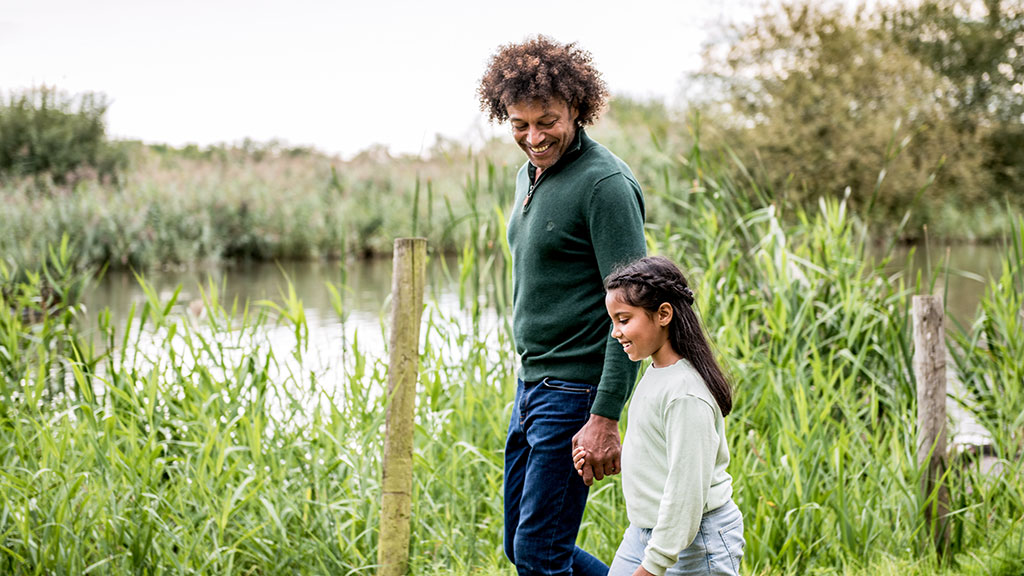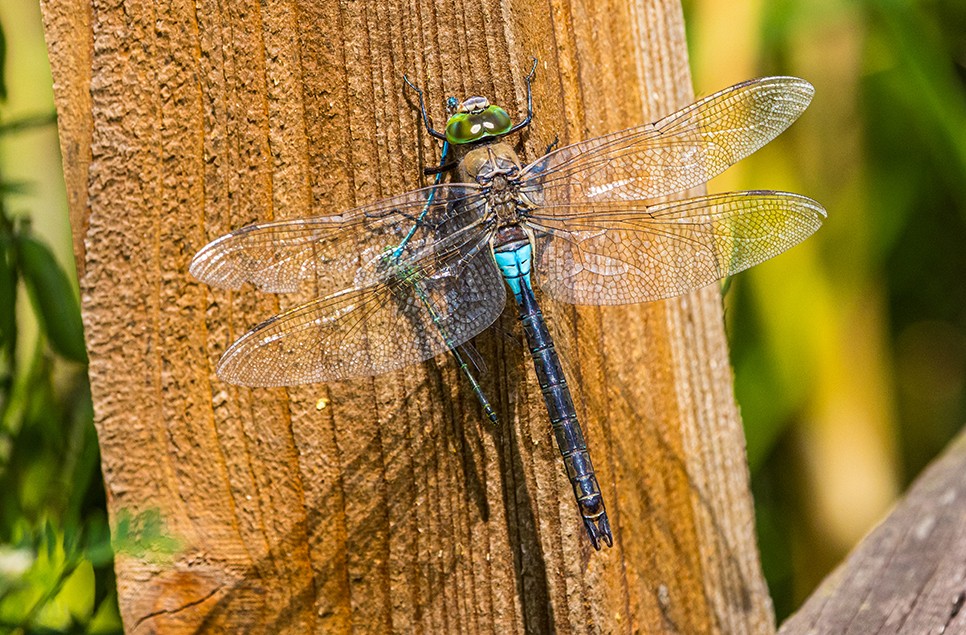Unashamedly passionate about wildlife
 In November, BBC's Autumnwatch will be showcasing the wonders of the migration at our very own WWT Caerlaverock in Scotland. In this special guest blog, presenter Chris Packham gets you in the mood for Autumnwatch and speaks out about being ‘unashamedly passionate about wildlife, and unafraid to live up to the principles of protecting it’.
In November, BBC's Autumnwatch will be showcasing the wonders of the migration at our very own WWT Caerlaverock in Scotland. In this special guest blog, presenter Chris Packham gets you in the mood for Autumnwatch and speaks out about being ‘unashamedly passionate about wildlife, and unafraid to live up to the principles of protecting it’.
It was a crisp, beautiful day at WWT Caerlaverock, and one I will never forget. I was filming for a programme called Nature’s Calendar, and we were looking to get footage of barnacle geese as they gathered, feeding in their masses. I love black-and-white birds, and gaggles of ‘barnies’ certainly fit that bill. I crept across the fields towards them, as we hoped to get a good shot. I don’t know what it was that spooked them. I’m sure it wasn’t us.
But, all of a sudden, the entire field of geese abandoned their feeding and took to the air almost as one. The sight was spectacular. I stood and watched, open-mouthed, as this vast kaleidoscope wheeled above me in the sky. I can honestly say that it’s one of the best sights I’ve ever seen in the UK.
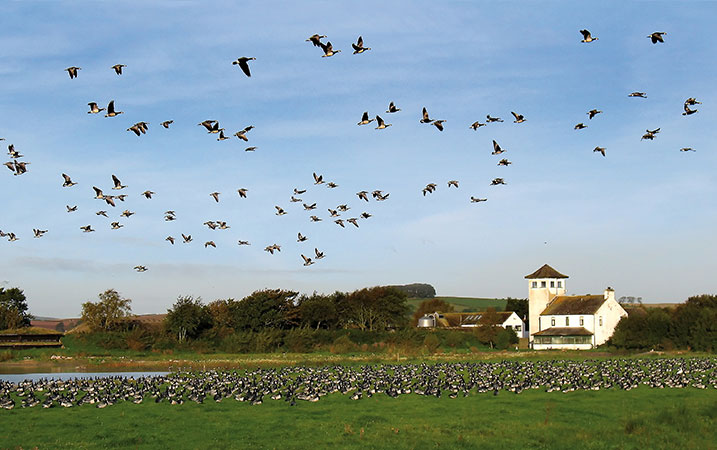
‘I can honestly say that it’s one of the best sights I’ve ever seen in the UK.’
That was a few years ago, and this November I’ll be back. Michaela Strachan, Martin Hughes-Games and I will be presenting the BBC’s Autumnwatch from Caerlaverock, and the geese will be our focus – the canvas upon which we’ll paint our pictures. I’m really looking forward to it. The Autumnwatch format has changed in recent years, and for the better.
The show used to go out once a week, but we’ve now concentrated the episodes into a single week, which makes the whole thing more of an event. It gives us the opportunity to roll stories together and keep momentum going. This is particularly important during the migratory season as, if something unusual happens on one day, it’s stronger storytelling to be able to pick up on it again the following day, rather than a week later.
The thing about autumn is that something unusual does indeed tend to happen. There’s a real dynamism about the season, as it’s the time when a huge amount of life is moving about the planet. Who knows what we might find? Perhaps there’ll be a red-breasted goose among the barnacle geese; maybe one of the American ducks will put in an appearance.
It’s unpredictable, and I like that sort of thing. Visually, it’s a time of extraordinary change, too, as trees reveal themselves in a range of wonderful colours. Of course, there’s more than migration to cover. The badgers of WWT Caerlaverock will still be out and about, and I’m sure we’ll feature them.
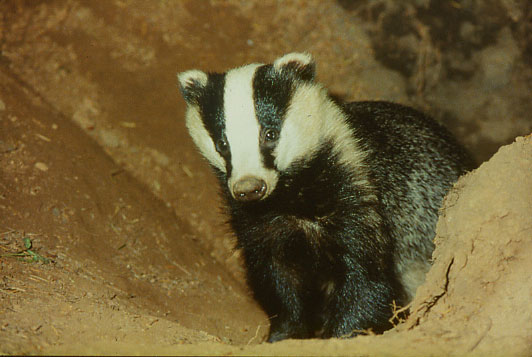
Caerlaverock is also home to the tadpole shrimp, or Triops cancriformis, an amazing crustacean that’s been around for well over 200 million years, making it one of the oldest life forms on the planet. I’m very fond of this creature, as the only other place that you can find it in the UK is just up the road from my home in the New Forest.
‘The project has had a truly successful outcome to the breeding season this year, and you’ll be able to find out more in November.’
If you’re familiar with the Autumnwatch format, you’ll know that we also pick up on stories that we launched earlier in the year in Springwatch, and we’ve already been filming segments for November that will give viewers the chance to catch up on the Great Crane Project. The project has had a truly successful outcome to the breeding season this year, and you’ll be able to find out more in November.
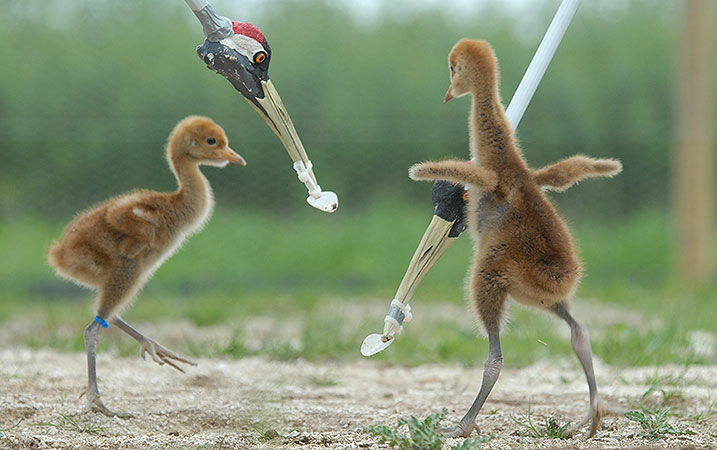
I’m a big fan of crane reintroduction, for two reasons. By strengthening wetland environments so that the birds are more likely to succeed, you’re also creating and protecting habitat that benefits a host of other species. Second, the cranes themselves are one of the great pleasures of wildlife-watching. They’re full of grace and elegance, and they have a real sense of wildness about them. They’re shy birds, so you have to watch from a distance, adding to the enigma.
All of which is why it’s a real pleasure to be filming from one of WWT’s centres. WWT is very good at what it does, and I’ve always felt that there’s a real quality to its centres and its work. When you think of the London Wetland Centre, for example, its creation in the heart of the capital really was one of the great success stories of the 20th century, and it has continued to be a beacon into the 21st.
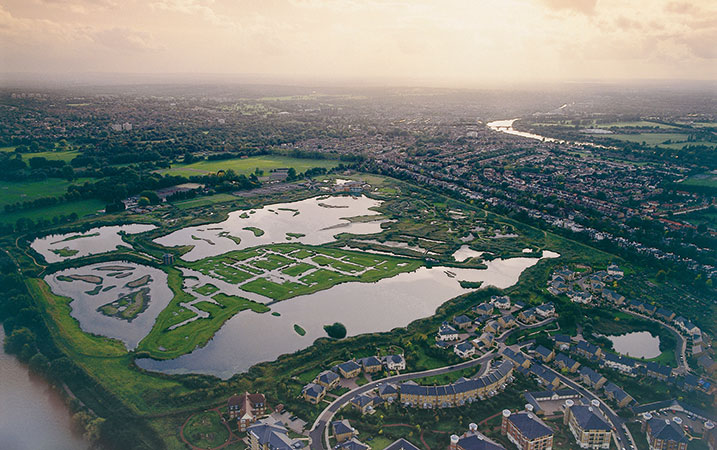
All the centres are great, because there’s something for everyone, and you’re assured of a great day out. In fact, if you’ve got kids, it’s a crime to go without them, as kids really get engaged in what’s around them. There’s always the potential for that engagement, whether it’s spotting or hearing the plop of a water vole, or getting your palms tickled by a nene. WWT’s centres are so inspiring, but they provide a family thrill, too.
“This, I remember thinking, is what we need to be like – unashamedly passionate about wildlife, and unafraid to live up to the principles of protecting it.”
I remember my own very first visit as a child to Slimbridge: there was a sign which read: ‘No one wearing furs will be admitted.’ I’ve never forgotten that, as it struck a real chord with me. This, I remember thinking, is what we need to be like – unashamedly passionate about wildlife, and unafraid to live up to the principles of protecting it. I’m certain that that notice would have been put up by Sir Peter Scott himself. Peter was a great, great man, and his beliefs were strong. I met him many times, and went to what would have been one of his last birthday parties. That’s more than a quarter of a century ago, now, and it’s refreshing to know that WWT carries on those principles today.
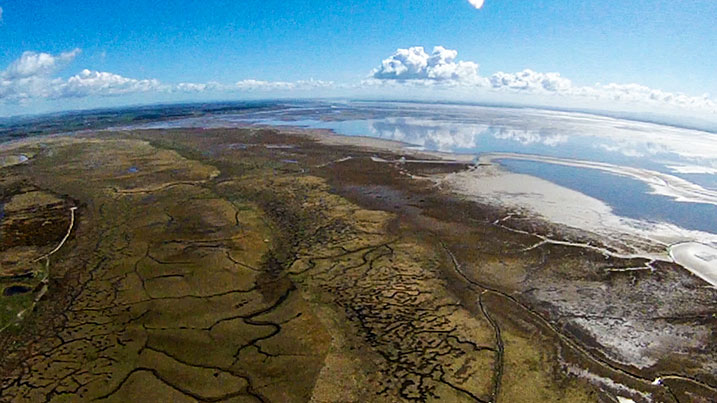
For many years, the Scott family has spent time over winter at the Caerlaverock farmhouse, surrounded by the geese and swans that call through the day and night. It will be a great pleasure to present Autumnwatch from there, and to continue the tradition, championed by Peter, of bringing people and wildlife closer together.
Autumnwatch from WWT Caerlaverock will air on BBC2 during the week commencing 2 November, as well as online and on the red button. Follow #Autumnwatch for more info. This article was first published in the Oct/Dec edition of Waterlife, our exclusive member’s magazine. To find out more about Waterlife and becoming a WWT member.
